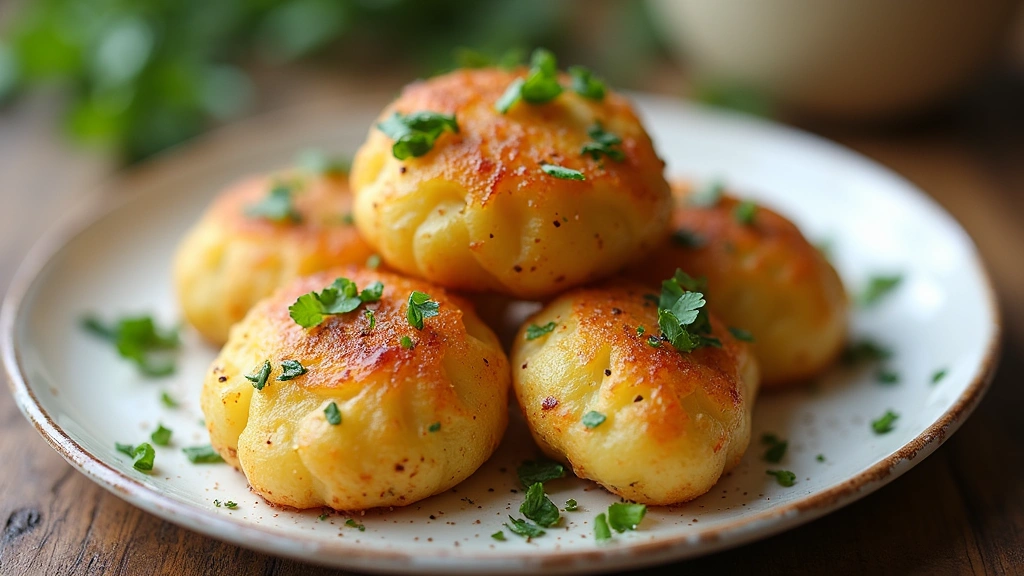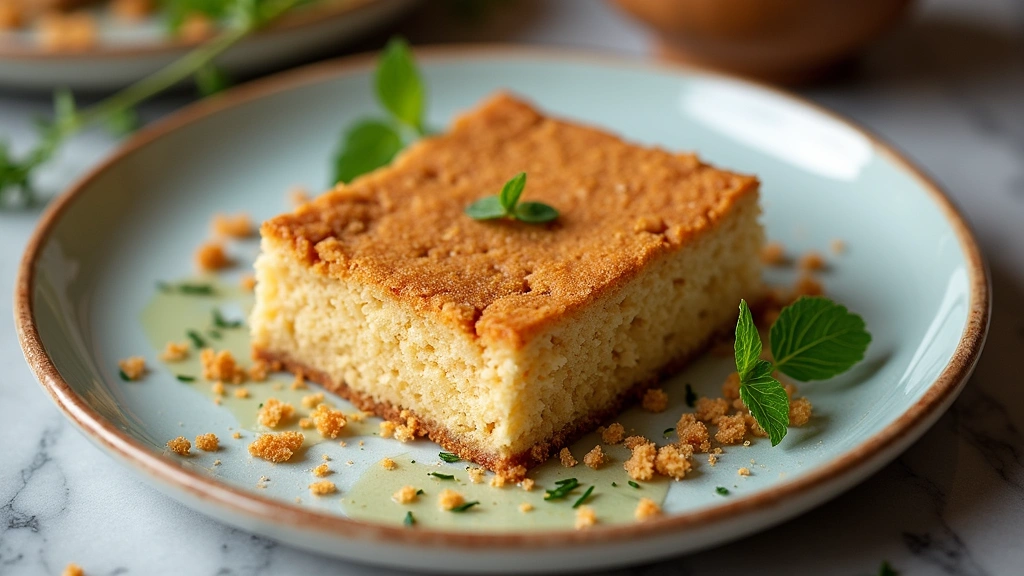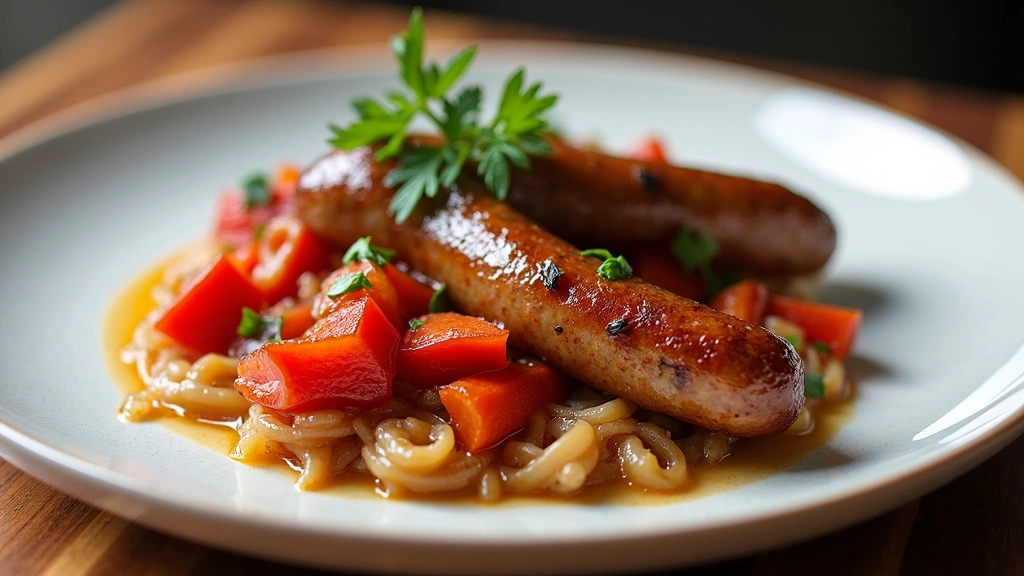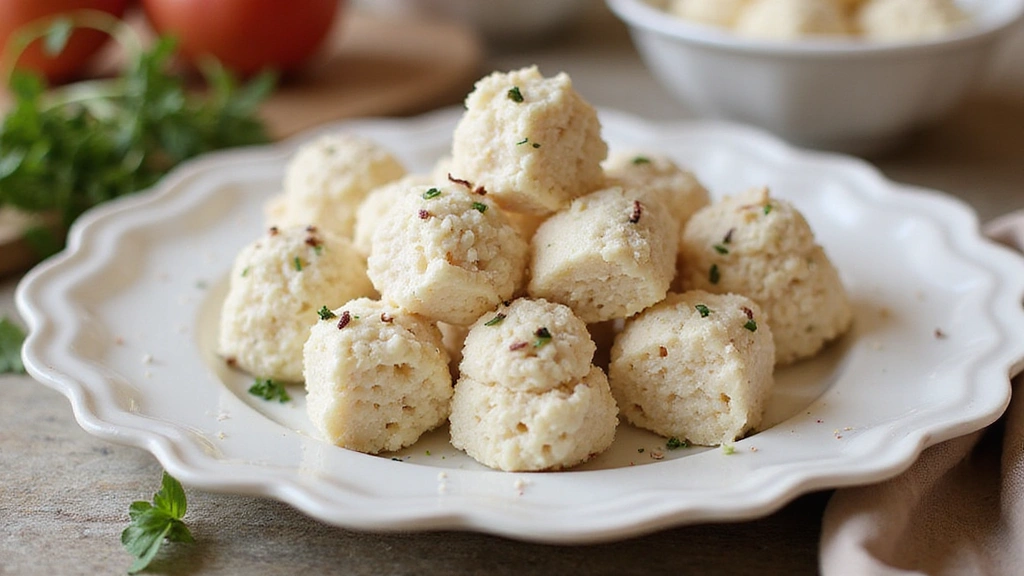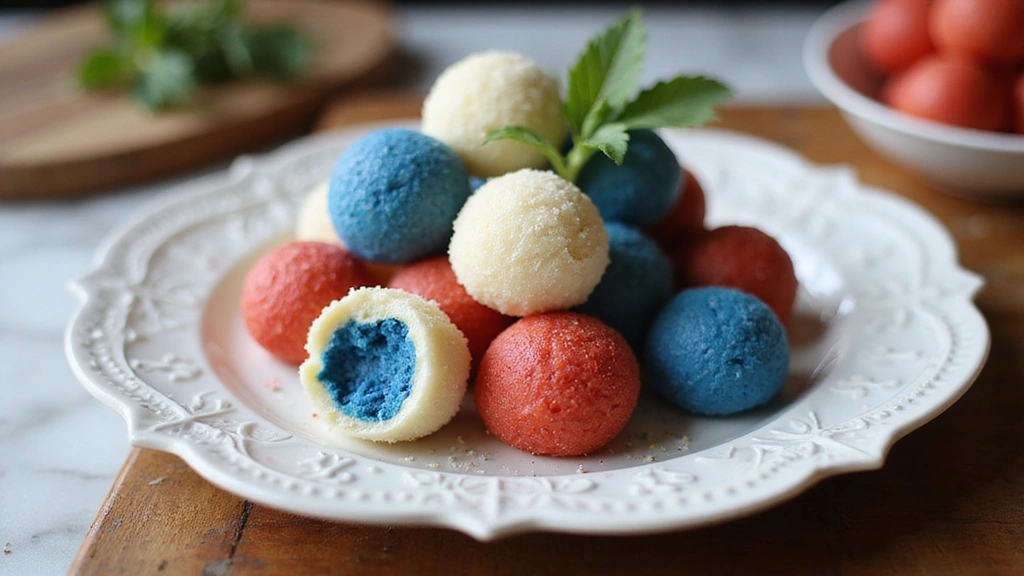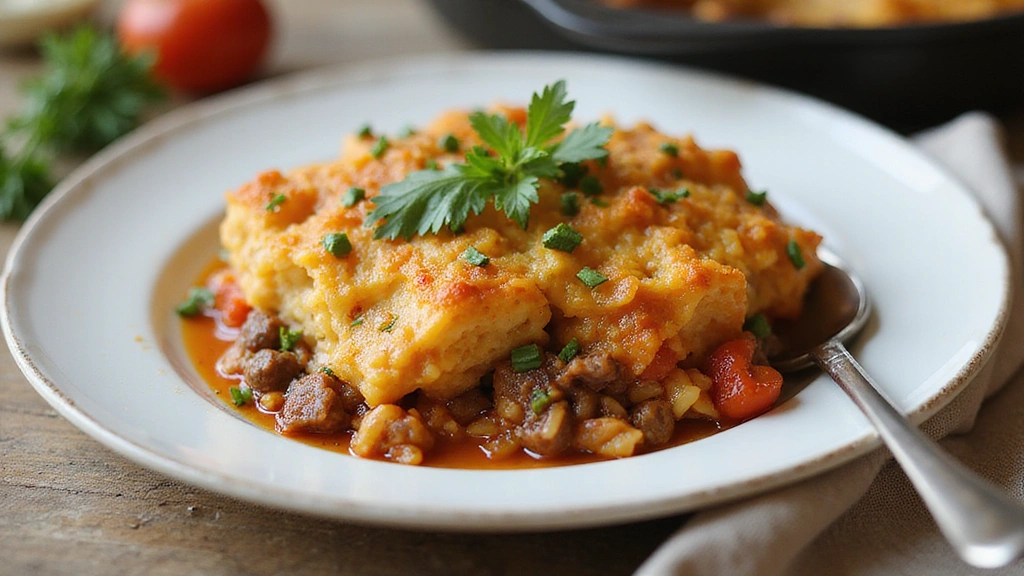The perfect oven-baked potato is a culinary treasure that transforms a humble ingredient into a sublime side dish.
With its fluffy interior and crispy, golden skin, it is a delightful contrast of textures that enhances any meal.
I first learned the art of making these during a chilly autumn in Idaho, where the locals swear by their potatoes.
Whether accompanying a juicy steak or a simple salad, these potatoes are versatile enough to suit any occasion.
Prepare to impress your guests with a dish that is both simple to make and deeply satisfying.
The History and Cultural Significance
• The Perfect Side: traces its origins to the Andes Mountains, where it was originally cultivated by the Inca civilization.
• The dish evolved over decades as cooking techniques improved, eventually becoming the beloved version we know today.
• In American culture, this dish traditionally appears at family gatherings and barbecues, symbolizing comfort and togetherness.
• While many variations exist across different regions, the authentic version maintains a crispy skin and fluffy inside that sets it apart from imitations.
Recipe Overview
Nutritional Information (per serving)
Essential Equipment Guide
Baking Sheet: A heavy-duty baking sheet ensures even heat distribution, resulting in uniformly crispy skins. Alternatives include a cast iron skillet or a pizza stone. Look for one with a dark finish for better heat absorption.
Wire Rack: Elevating the potatoes on a wire rack prevents steaming and promotes air circulation, which is crucial for crispiness. A cooling rack works as a substitute if it fits in your oven.
Sharp Knife: A sharp knife is essential for making precise cuts into the potatoes, which allows steam to escape and helps in achieving the perfect texture. Ensure it’s well-honed for best results.
Ingredients
For the Base
|
| Amount | Ingredient | Notes |
|---|---|---|
| 4 large | russet potatoes | the best choice for baking due to their starchy texture |
| 2 tablespoons | olive oil | adds richness and aids in achieving a crispy skin |
Seasonings
| Amount | Ingredient | Notes |
|---|---|---|
| 1 tablespoon | sea salt | enhances flavor and helps crisp the skin |
| 1 teaspoon | black pepper | for a touch of heat |
Preparation Methods
Scrubbing and Cleaning: A thorough scrubbing ensures all dirt is removed while preserving the skin, which is key for texture. Use a vegetable brush under running water and pat dry completely before baking.
Pricking the Potatoes: Pricking the potatoes with a fork allows steam to escape during baking, preventing them from bursting. Be sure to pierce each side several times for even cooking.
Oiling and Seasoning: Coating the potatoes in oil and salt before baking is crucial for achieving a crackling skin. Massage the oil evenly and sprinkle the salt generously for the best results.
Step 1: Preheat the Oven
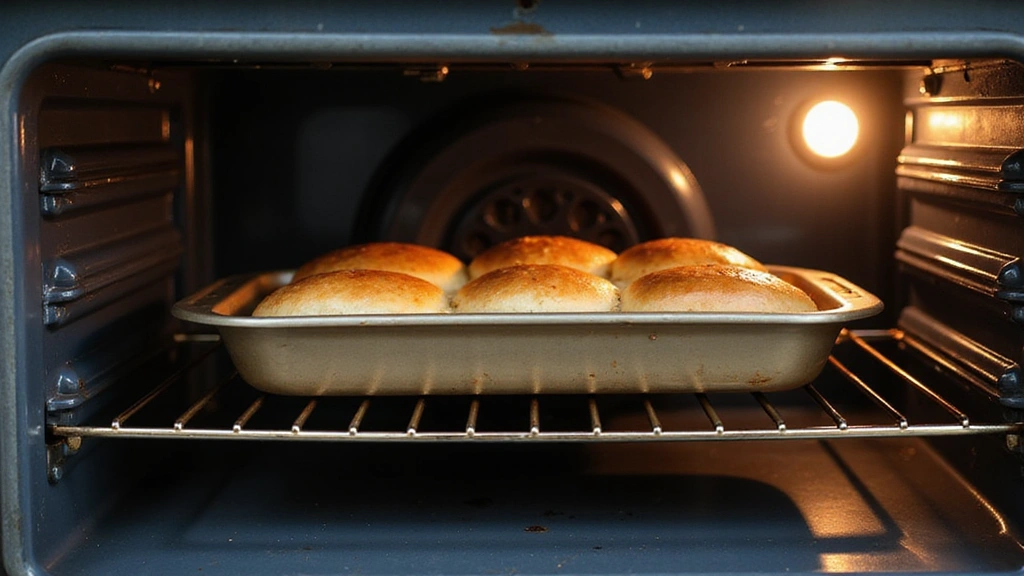
Start by preheating your oven to 425°F (220°C).
This high temperature is essential for achieving crispy skins.
Ensure your oven rack is positioned in the middle of the oven.
This allows for even heat distribution during baking.
Step 2: Prepare Potatoes
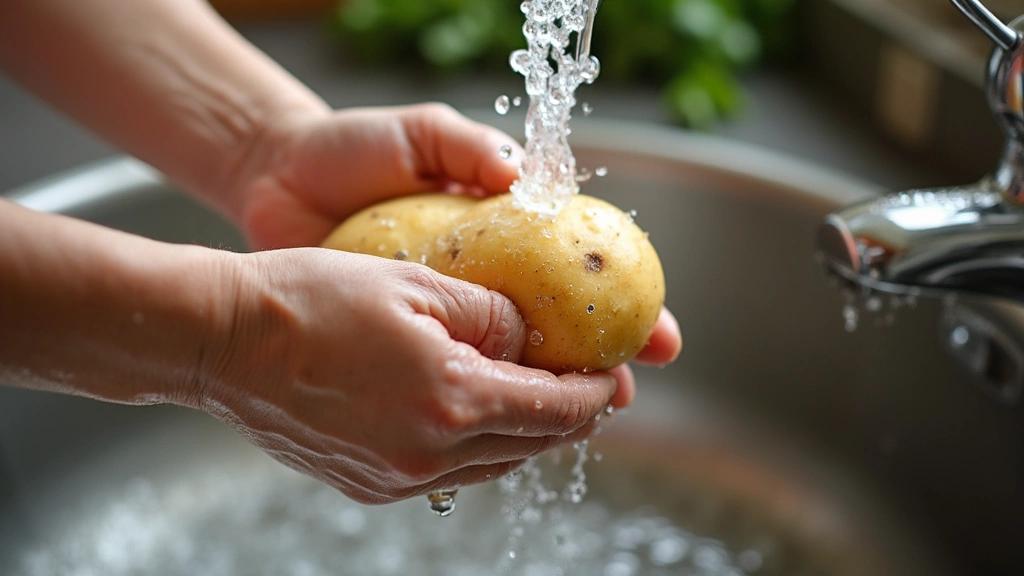
Wash and scrub the potatoes thoroughly under running water.
Dry them completely with a clean kitchen towel.
This step removes dirt and excess moisture.
Ensure the skins are clean and dry to promote crisping.
Step 3: Prick Potatoes
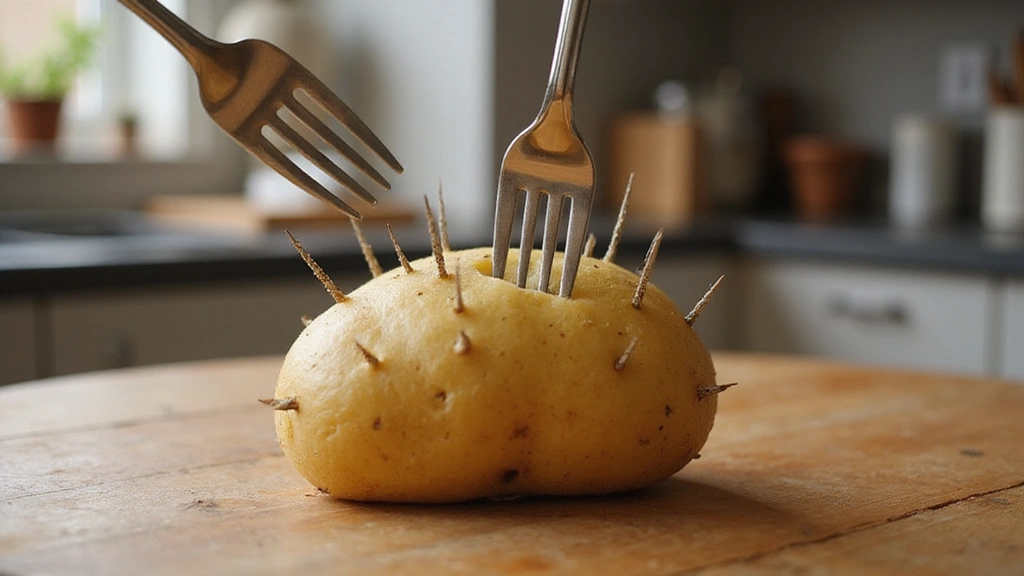
Using a fork, prick each potato several times on all sides.
This allows steam to escape during baking.
Be careful not to pierce too deeply into the flesh.
This prevents bursting and ensures even cooking.
Step 4: Coat with Oil
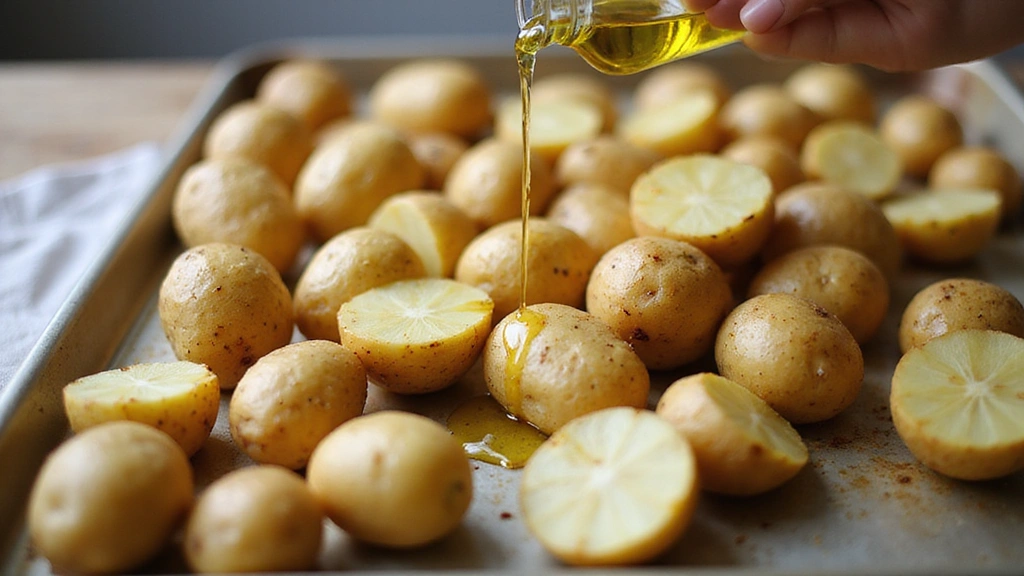
Place the potatoes on a baking sheet or wire rack.
Drizzle them with olive oil, ensuring even coverage.
Rub the oil into the skins using your hands.
This step is crucial for achieving crispy skin.
Step 5: Season Generously
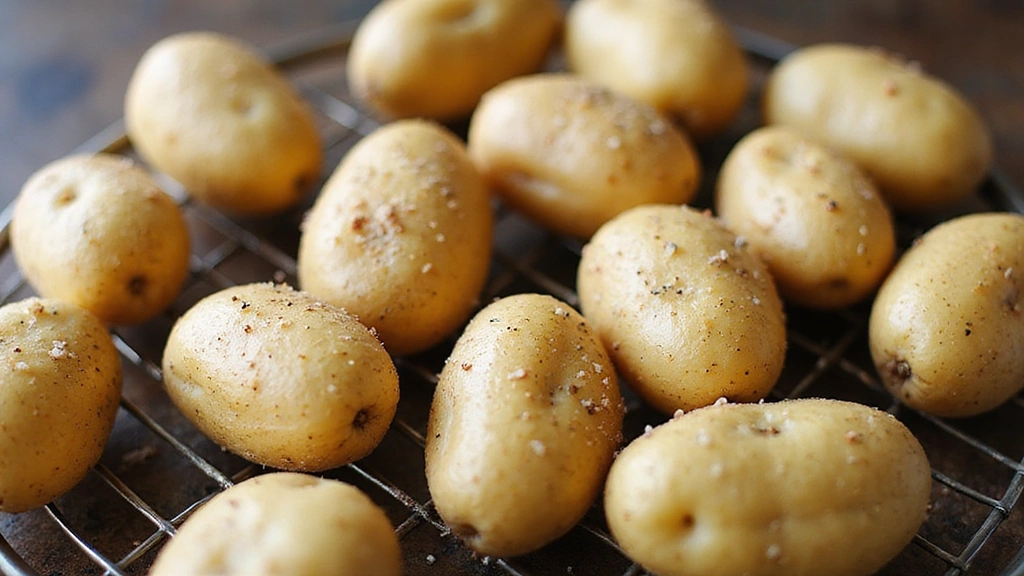
Sprinkle sea salt and black pepper over the oiled potatoes.
Ensure all sides are well-seasoned.
This enhances the flavor and texture of the skin.
Don't skimp on the seasonings for the best results.
Step 6: Bake Potatoes
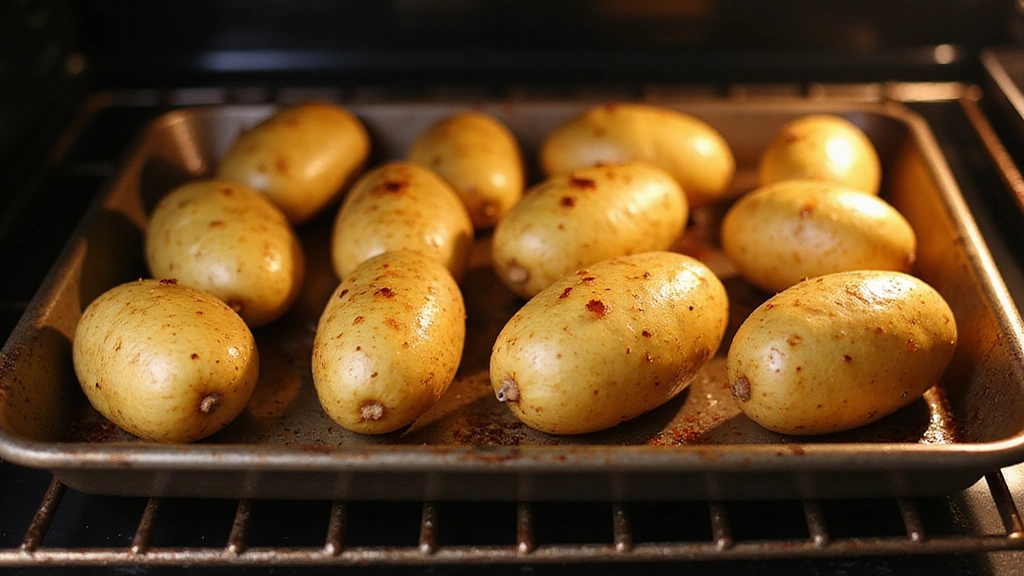
Place the baking sheet in the preheated oven.
Bake for approximately 60 minutes, turning halfway through.
Look for crispy, golden skins and a fluffy interior.
Adjust time if needed based on potato size.
Step 7: Check Doneness
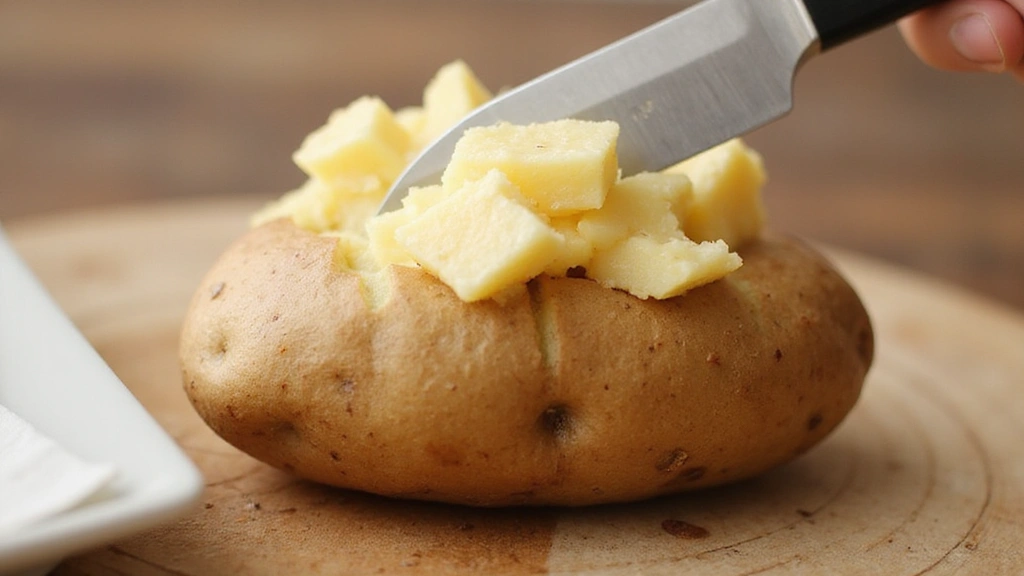
Insert a knife into a potato to check doneness.
The knife should glide easily into the center.
If not, bake for an additional 5-10 minutes.
Ensure the interior is soft and fluffy.
Step 8: Serve and Enjoy
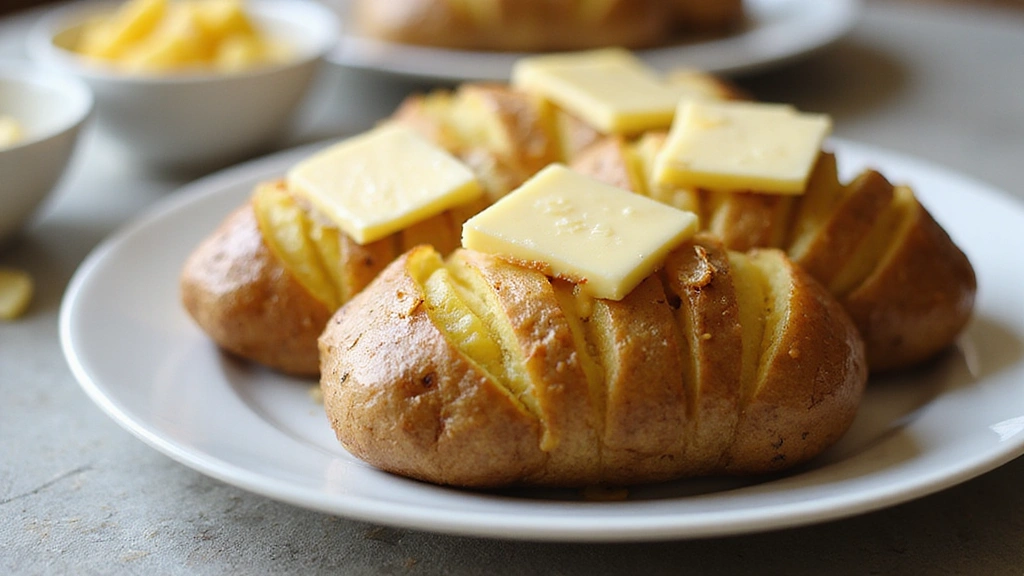
Remove potatoes from the oven and let them cool slightly.
Serve them hot, accompanied by your favorite toppings.
Enjoy the contrast of crispy skin and soft interior.
This dish is perfect as a side or a main course.
Critical Timing and Temperature Guide
Preheating the Oven: Preheat to 425°F (220°C) for at least 15 minutes. Ensure the oven reaches the correct temperature for optimal results, as under-preheated ovens lead to uneven cooking.
Baking Duration: Bake for 60 minutes, checking for doneness by inserting a knife. If potatoes are not fully cooked, continue baking in 5-minute increments until done.
Temperature Adjustment: If potatoes are browning too quickly, reduce oven temperature to 400°F (205°C) to prevent burning while ensuring thorough cooking.
Pro Tips for The Perfect Side:
• Ingredient Selection: Choose large russet potatoes for their high starch content, which results in a fluffy interior.
• Preparation Secret: Let potatoes sit after washing to ensure they are completely dry before oiling, enhancing skin crispiness.
• Temperature Management: Maintain the oven temperature consistently for the full baking time to achieve even cooking.
• Texture Enhancement: Use a wire rack to elevate potatoes, promoting air circulation for crispier skins.
• Flavor Layering: Add garlic powder or rosemary to the seasoning mix for an extra layer of flavor.
• Make-Ahead Strategies: Pre-bake potatoes for 45 minutes, then finish in a hot oven for 15 minutes to re-crisp before serving.
• Restaurant-Quality Finishing Touches: Top with a dollop of sour cream and chives for added sophistication.
• Equipment Optimization: Use a convection setting if available for even heat distribution and perfect browning.
Troubleshooting Common Issues
• Skin Not Crispy: This can be caused by insufficient oil or low baking temperature. Ensure potatoes are thoroughly oiled and the oven is fully preheated to 425°F.
• Potatoes Undercooked: If the interior is still hard after baking, extend cooking time in 5-minute increments and check for doneness with a knife.
• Potatoes Exploding: To prevent this, always prick potatoes with a fork before baking to allow steam to escape.
• Uneven Cooking: Ensure potatoes are similar in size and spaced evenly on the baking sheet for uniform cooking.
• Flavorless Potatoes: This often results from inadequate seasoning. Be generous with salt and pepper, and consider adding herbs or spices.
• Potatoes Too Dry: Overbaking can lead to dryness. Check potatoes for doneness regularly and remove them from the oven once the knife slides in easily.
Variations and Regional Differences
• British Jacket Potatoes: This version is known for its super crispy skin and is often served with baked beans and cheese. The potatoes are cooked at a lower temperature for a longer time.
• French Pommes de Terre au Four: Features a softer skin and is typically seasoned with herbs like thyme and served with crème fraîche.
• Italian Patate al Forno: Involves slicing potatoes thinly before baking with rosemary and olive oil, resulting in a dish reminiscent of potato chips.
• American Loaded Baked Potatoes: Topped with sour cream, bacon, and chives, this version is hearty and indulgent, perfect as a meal on its own.
Food Science Behind the Recipe
• Starch Gelatinization: Baking causes the starches in potatoes to gelatinize, creating a soft and fluffy interior. Understanding this helps achieve the desired texture.
• Maillard Reaction: The high oven temperature promotes the Maillard reaction, responsible for the crispy, golden-brown skin.
• Steam Release: Pricking potatoes allows steam to escape, preventing them from bursting and ensuring even cooking.
Frequently Asked Questions
What's the most common mistake people make when preparing baked potatoes? The most common mistake is not preheating the oven fully, leading to uneven cooking and soggy skins.
Can I use different types of potatoes? While russet potatoes are ideal due to their starch content, Yukon Golds can be used for a creamier texture, though they may not achieve the same crispiness.
How can I make these potatoes vegan? This recipe is naturally vegan. For toppings, use vegan butter, plant-based sour cream, or nutritional yeast for flavor.
Is it possible to cook the potatoes faster? You can microwave them for a few minutes before baking to reduce cooking time, though this may affect the skin's texture.
How can I store leftovers? Store baked potatoes in an airtight container in the refrigerator for up to three days. Reheat in the oven to maintain crispiness.
Can I freeze baked potatoes? Yes, baked potatoes can be frozen. Wrap them individually in foil, then place in a freezer bag. Reheat from frozen in a 350°F oven.
Why are my potatoes not fluffy inside? Insufficient baking time or low oven temperature often causes a dense interior. Ensure thorough baking and use the correct temperature.
Serving and Presentation Guide
• Traditional Presentation: Serve whole on a rustic wooden board with butter and chives on the side.
• Elegant Plating: Slice the potato open and fan it out, topping with a dollop of sour cream and a sprinkle of fresh herbs.
• Buffet Style: Arrange potatoes in a large dish, with an array of toppings like bacon, cheese, and green onions for a customizable experience.
• Family Style: Place potatoes in a large bowl, allowing guests to choose their own toppings from a selection of small bowls.
Conclusion
The perfect oven-baked potato is a simple yet rewarding dish that elevates any meal.
With its crispy skin and fluffy interior, it's sure to become a staple in your culinary repertoire.
I encourage you to try this recipe and experience the satisfaction of creating a classic side dish with ease.

